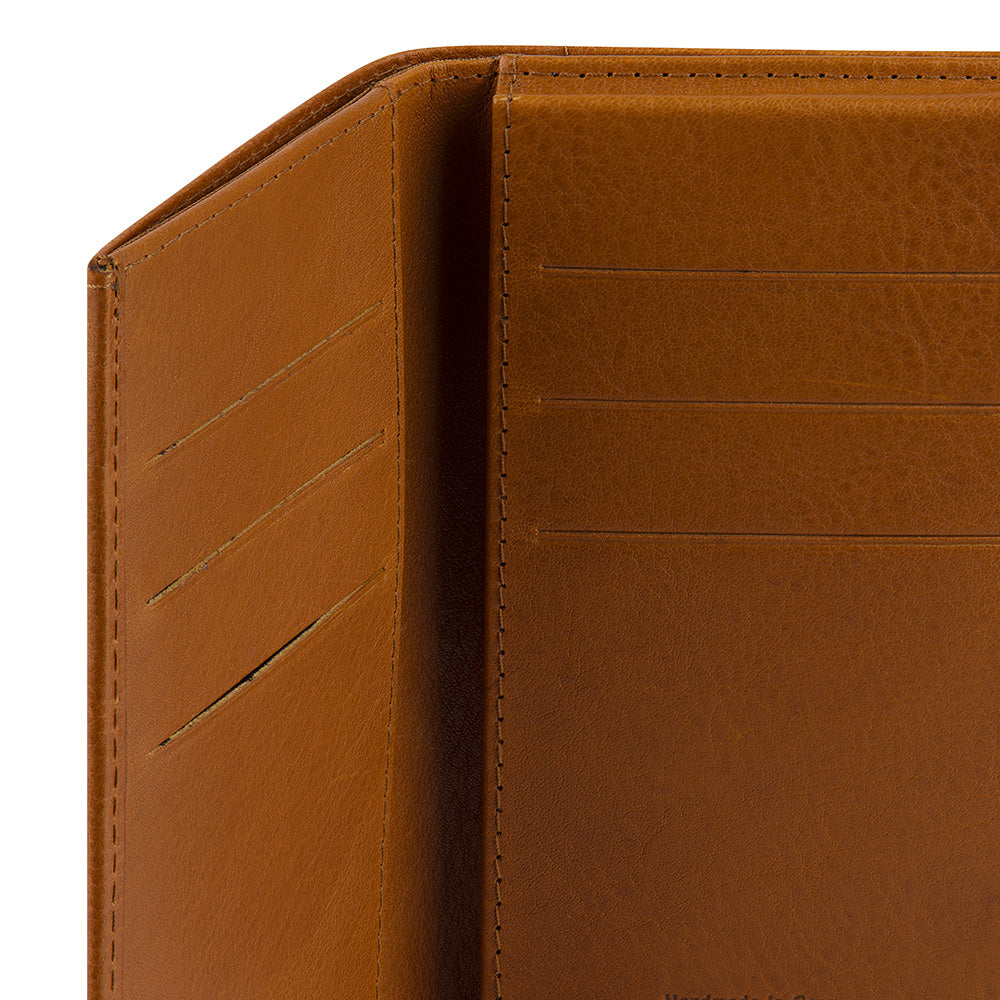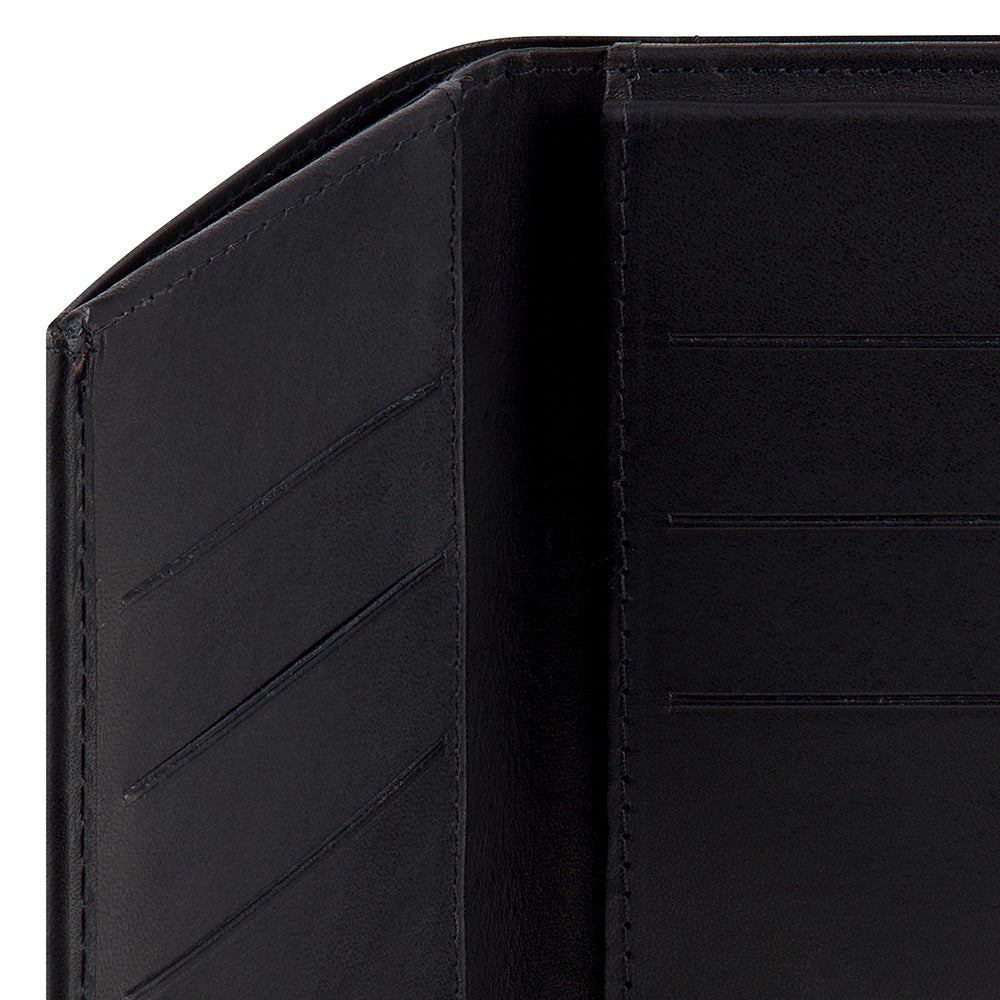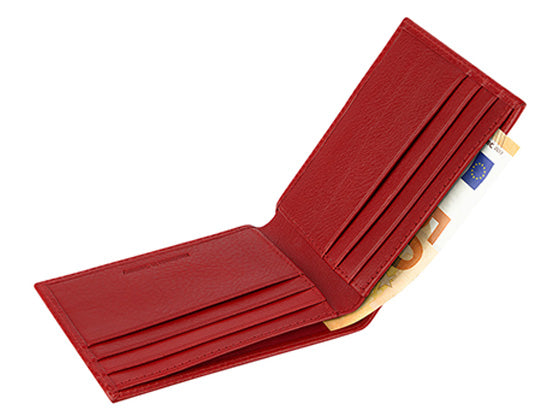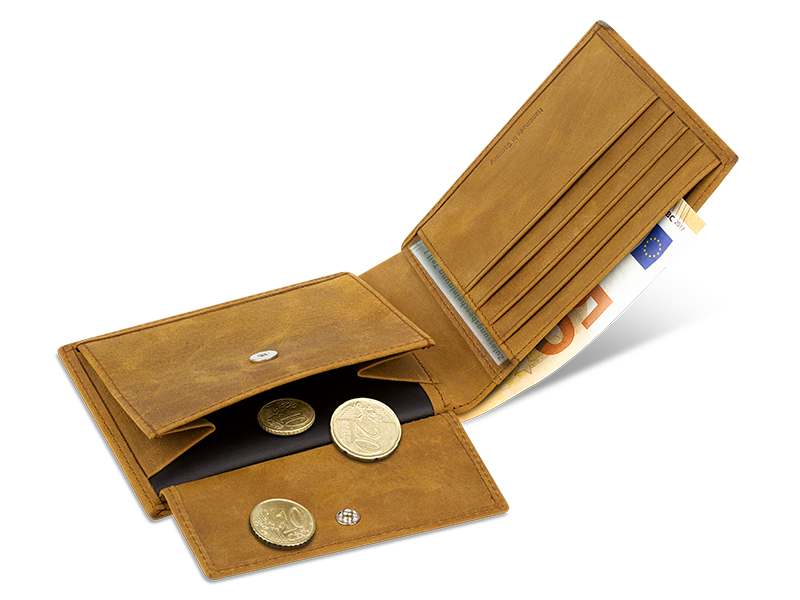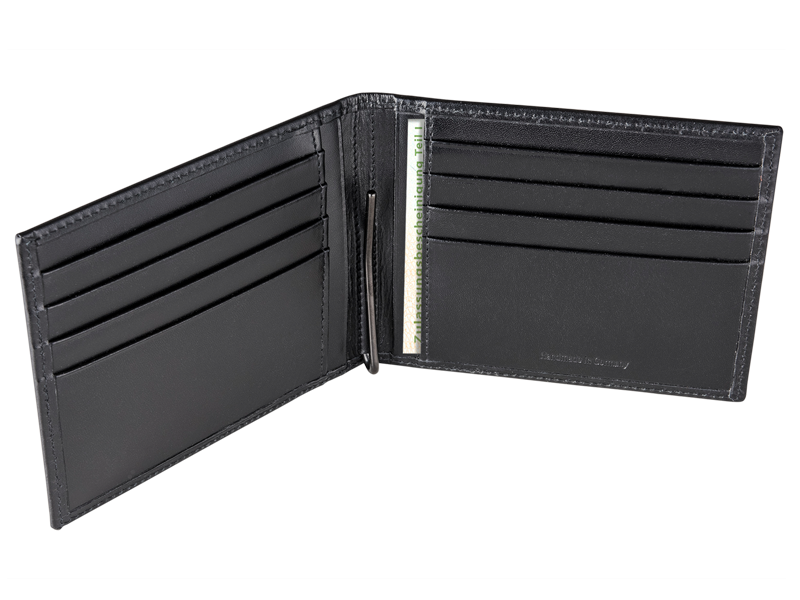There is currently a lot of discussion about the topic of leather and sustainability. We at LUCA also attach great importance to the sustainability of our iPhone wallets and leather goods. We have also already looked into the topic of 'vegan leather' and have come to the decision not to offer any products made from these materials at the moment. Unfortunately, many of these material alternatives are little more than a mixture of plastics, additives and ultimately a certain amount of renewable raw materials.
Leather is and remains a waste product of the meat industry
No cow, bull or calf anywhere in the world is slaughtered for the production of leather. With a selling price of around €4 - €8 per rawhide, depending on the origin, range and thickness, it is profitable. Business not possible. Think, for example, of costs for: insemination, rearing, water & feed, vet, slaughter and much more
I think we are all aware that global meat consumption has reached insane levels. However, it would be a shame to destroy the animal's falling skin. Traditionally, and as many tanners and tanners' partner companies around the world already do, the animal that is slaughtered to produce meat should be completely processed with a view to "zero waste".
At LUCA, we are very interested in sustainable leather, so we will be switching our products to vegetable tanned leather.
Sustainability has many definitions
The most sustainable car is the one in your garage.
We must not forget: The sustainability of a product depends not only on what it is made of, but also on its durability and how long you can and want to use it. Therefore, high-quality, classic and durable leather products are usually the most sustainable solution.
When purchasing leather products, please pay attention to the manufacturing process. For example, naturally tanned wallets made in Germany are sustainable, extremely durable and benefit from short transport routes in the supply chain.
Long-lasting = sustainable
The longevity of high-quality leather goods can lead to greater sustainability. Products that last longer need to be replaced less often, resulting in less use of resources and energy. Waste is also reduced because fewer products have to be thrown away.
To ensure that the longevity of high-quality leather goods actually contributes to greater sustainability, it is important that the production of the leather goods is carried out with sustainability in mind and that they are produced fairly under ethical conditions. We can guarantee this with production in the middle of Germany and thus offer our customers the most sustainable wallet possible.
Local production and short supply chains
Especially in the Corona year, we are seeing massive problems with supply chains worldwide. Many products travel thousands of kilometers from production to refinement before they finally reach the customer. This is definitely the opposite of sustainable.
With the production of leather goods in the Hunsrück, transport routes have already been reduced by well over 90% compared to similar products. An example of our wallets, the wallet with a money clip travels just 85 km as the crow flies from production in the Hunsrück to the warehouse in Darmstadt. Many luxury brands also have a large proportion of their products manufactured abroad, which led to various delivery difficulties, especially in 2020. Here too, profit takes precedence over the sustainability of these products.
What is “artificial leather” made of?
So-called artificial leather may be a vegan alternative, but artificial leather is just an artificial term for plastic, which most often consists of polyurethane (PU) or polyvinyl chloride (PVC). Like almost all plastics, PU and PVC are obtained from crude oil or natural gas.
While it is true that “vegan leather” is not made from animal skins, these products cause significant harm to wildlife in ecosystems that are being destroyed by fossil fuel extraction and plastic waste. Although the effects of vegan leather are cruelty-free, they are certainly not sustainable.
Many plastics not only cause massive damage during production, but also at the end of their useful life. The materials are disposed of in landfills, where harmful chemicals are released for decades. Or they break down into microplastics, which end up in oceans, drinking water and soil.
And what is “vegan leather” made of?
So-called “vegetable leather” is 99% not an alternative. Materials such as grape skins, cacti, pineapple fibers, apples, mushrooms (mycelium) and other biomass can potentially improve the ecological footprint in production compared to pure plastics, but they are usually neither recyclable (unlike pure plastic) and due to their additives, adhesives and Other chemicals are also not compostable.
A look into the future
Nevertheless, we are always monitoring the market in search of new materials. There seem to be some options on the horizon that rely on natural fibers, but also natural adhesives and dyes. We are currently monitoring a start-up from Germany and one from the USA and are excited about new options in the future.
We will keep our eyes open!

